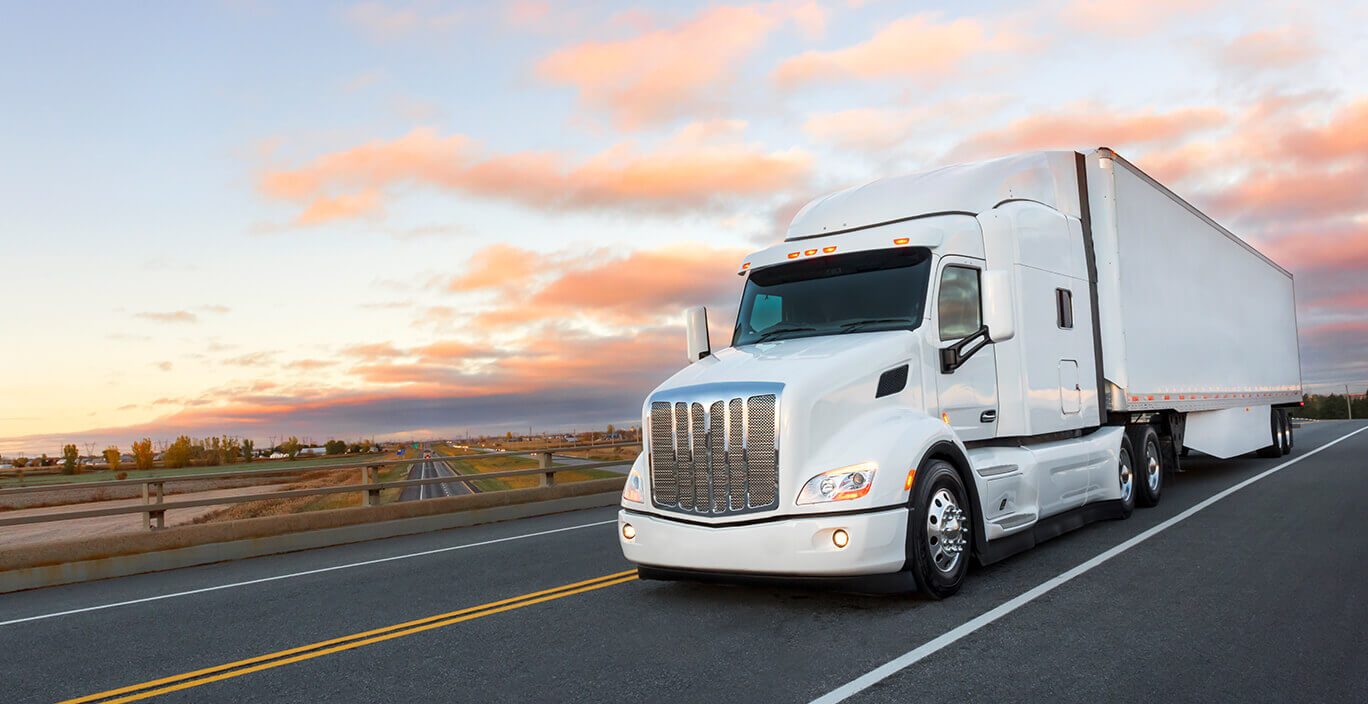Trucking Freight Market Insights
Explore the latest trends and factors influencing the trucking freight industry in our comprehensive market overview.

Keeping track of the latest trucking freight news can be crucial to thriving in the industry. From upcoming regulatory changes to rapidly evolving technology trends, staying informed is key to gaining a competitive edge. This article aims to provide readers with an insightful overview of the current status of the truck freight industry, by digging into the main factors shaping its future.
Understanding Today's Trucking Freight Market
The trucking freight industry is a complex and dynamic sector with various aspects playing a significant role in its operation and overall outlook. It is driven by both macro and microeconomic factors, ranging from governmental policies and economic trends to individual consumer behavior and technological advancements.
Table of Contents
- Freight Industry Overview
- How the Economy Influences the Freight Sector
- Technological Advancements Reshaping the Industry
- Latest Regulatory Changes Impacting Freight
- Understanding Demand in the Transport Sector
- Sustainability in the Freight Industry
- In Conclusion: Future Prospects in Trucking Freight
Freight Industry Overview

Freight transportation, especially via trucks, forms the lifeblood of economies worldwide. In recent years, this sector has experienced significant momentum, spurred by factors such as rising consumer demand, urbanization, and ecommerce growth. However, it's equally crucial to identify the challenges freight carriers continue to grapple with, including fluctuating fuel prices, tight driver markets, and shifting policies.
Trends steering the trucking freight industry
While moving into the substantive context of the trucking freight market, understanding a few key trends is paramount. Here are three that stand out:
- Digitalization: An increasing number of freight carriers are adopting digital tools to streamline operations. From transport management systems (TMS) to GPS tracking, digital technology is revolutionizing the freight industry.
- Capacity constraints: With a growing economy comes increased freight demand, often straining existing industry capacities. Balancing demand and capacity remains a key issue.
- Ecommerce growth: The convenience of shopping online has led to a surge in demand for freight services. Notably, this has increased the need for last-mile delivery solutions.
How the Economy Influences the Freight Sector
The freight industry correlates directly with the economy. When the economy is robust, individuals and businesses have more purchasing power leading to higher demand for goods, which, in turn, fuels the need for freight services.
On the other hand, during economic downturns, lowered consumer spending can lead to a contraction in the industry. Thus, understanding economic indicators like GDP growth, inflation rates, and consumer spending patterns become vital tools for predicting freight movement and revenue generation.
Technological Advancements Reshaping the Industry

Technology is undeniably reshaping every industry, and trucking freight is no exception.
According to a recent study by McKinsey, "Transport & Logistics companies can potentially enhance profits by 3 to 5 percent by implementing digital solutions."
Unpacking this further, here are a few ways technology is changing the freight industry:
Automation and robotics
Automated guided vehicles (AGVs) and robots are becoming increasingly common in warehouses, enhancing productivity and operational efficiency.
Digitization and use of AI
The application of Artificial Intelligence (AI) and Machine Learning (ML) in managing cargo transport is growing. These technologies are helping carriers predict demand, optimize routes, and manage congestion. Digitization is also facilitating paperless transactions, reducing errors, and improving operational speed.
Latest Regulatory Changes Impacting Freight
Transportation involves a significant degree of regulatory oversight and trucking freight is no exception. Regulatory changes can have profound implications for the industry, influencing everything from safety measures to the industry's bottom line.
One key recent regulatory change is the Electronic Logging Device (ELD) mandate by the Federal Motor Carrier Safety Administration (FMCSA). The mandate, designed to ensure driver safety, enforces a limit on the number of hours truck drivers can operate, thereby impacting the industry's capacity. Additionally, regulatory ventures into environmental sustainability, such as emission standards, also shape the trucking business landscape.
Compliance is paramount
As these regulatory landscapes shift, it's crucial for freight carriers to remain proactive in compliance. This prepares carriers to navigate new regulations effectively and, more importantly, avoid costly penalties and operational disruptions.
Understanding Demand in the Transport Sector

Demand in the transport sector depends on several factors. Key among these are economic health, population growth, and market trends such as the rise of ecommerce. As these conditions evolve, they shape the quantity and type of goods to be transported, and consequently, the demand for freight services.
Sustainability in the Freight Industry
We live in an age where sustainability has moved from being a mere buzzword to a vital consideration for any industry. The transportation sector, contributing significantly to global carbon emissions, is under immense pressure to minimize its environmental footprint. Consequently, the shift toward eco-friendlier practices is a growing focus within the freight industry.
- Alternative Fuel: Companies are exploring cleaner alternative fuels such as compressed natural gas (CNG) and liquefied natural gas (LNG) to reduce emissions.
- Electric Trucks: Electric trucks have emerged as a promising path toward greener freight transport, with firms like Tesla pioneering in this space.
- Eco-Driving: Initiatives like smoother driving, regular vehicle maintenance, and efficient route planning can significantly lower emissions and fuel consumption.
In Conclusion: Future Prospects in Trucking Freight
In sum, the trucking freight industry is in a state of flux, grappling with various challenges even as it transitions to address them. From the need to adapt to regulatory changes to harnessing technology for better efficiency, the market landscape is complex. However, with an in-depth understanding of the critical factors shaping the industry, freight carriers can anticipate changes and navigate them successfully.
Going forward, industry players need to stay agile and flexible, ready to adapt to new norms—be it embracing digitalization, investing in sustainability, or navigating shifts in demand. Moreover, staying abreast with trucking freight news can equip industry participants with valuable insights, preparing them for the road ahead in the evolving trucking freight market.
What's Your Reaction?





























































